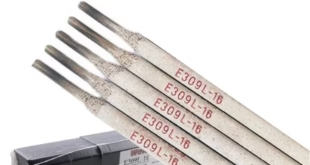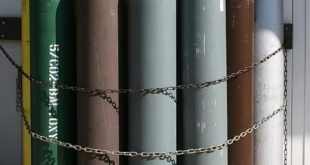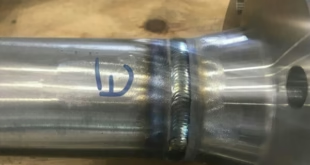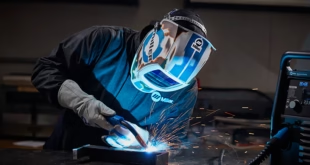Proper Heat Input and Penetration
In the world of welding, the term “heat input” might sound like just another technical metric—but in reality, it plays a crucial role in determining the success of a weld. Alongside it, weld penetration is the quiet partner that ensures a weld is not just cosmetic, but structurally sound.
Why Heat Input Matters in Welding
Heat input directly affects how molten the weld pool becomes and how deeply it penetrates into the base material. It’s not just about melting metal—it’s about doing it in a way that balances strength, fusion, and structural integrity.
The Relationship Between Heat Input and Weld Penetration
Proper heat input ensures the molten weld pool fully fuses the joint. Too little, and the weld only “sits” on the surface. Too much, and you risk burning through or warping the material. Penetration depth and heat input are inseparable twins in the welding process.
Common Misconceptions About Heat Input
One common myth is that more heat always equals better penetration. But in reality, too much heat can widen the weld bead unnecessarily, distort the part, or even reduce weld strength due to excessive grain growth.
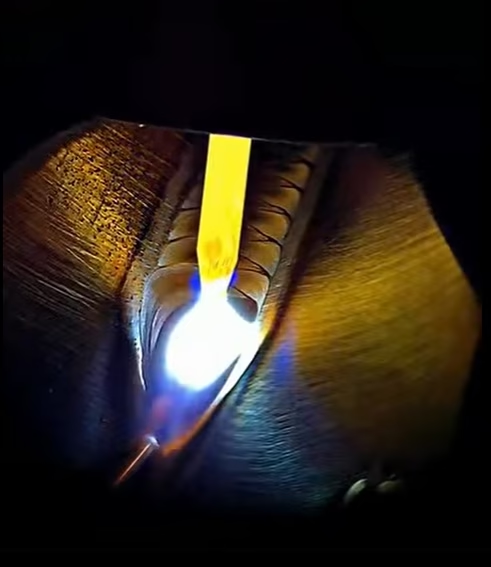
Understanding Heat Input in Welding
Definition and Formula of Heat Input
Heat input refers to the energy supplied to the weld per unit length. It’s calculated using the formula:
Heat Input (kJ/mm) = (Volts × Amps × 60) / (Travel Speed × 1000)
This equation highlights how increasing voltage or amperage—or decreasing travel speed—raises the heat input.
Key Variables: Voltage, Current, and Travel Speed
Voltage: Determines arc length.
Amperage: Controls weld pool size and penetration.
Travel Speed: Affects how long the arc dwells on one spot.
Units of Measurement and Their Relevance
Heat input is typically measured in kilojoules per millimeter (kJ/mm). This standard unit allows welders to compare procedures across materials and thicknesses accurately.
Differences in Heat Input Between Welding Processes
Each welding process delivers heat differently:
TIG: Low deposition rate, very controllable heat input.
MIG: Moderate control with variable travel speed.
Stick (SMAW): Harder to control precisely.
FCAW/SAW: Higher deposition, high heat input processes.
What is Weld Penetration?
Definition and Types of Penetration
Weld penetration refers to how deeply the weld fuses into the base material. It can be:
Partial Penetration: Does not extend through the full thickness.
Full Penetration: Goes through the entire joint thickness.
Full Penetration vs. Partial Penetration Welds
Full penetration is crucial for critical applications like pressure vessels, whereas partial penetration might suffice in low-stress structures.
How Penetration Is Measured in Welding Inspection
Inspection techniques include visual tests, macro etching, ultrasonic testing, and radiographic inspection to ensure the weld penetrates as intended.
Factors That Influence Weld Penetration
Material Thickness and Type
Thicker materials require more heat to achieve full penetration, while thin sheets need precise control to avoid burn-through.
Welding Position and Joint Design
Flat positions allow better penetration than vertical or overhead positions. Similarly, open-root joints typically allow deeper fusion.
Electrode or Filler Type
Certain electrodes like E6010 are designed for deep root penetration, while others like E7018 are more forgiving but less aggressive in fusion.
Shielding Gas and Polarity
For MIG and TIG, shielding gas mix (e.g., 75% Ar / 25% CO₂) affects arc characteristics. Polarity (DCEN vs. DCEP) changes arc energy and thus affects penetration.
The Science Behind Proper Heat Input
Thermal Cycles and Their Impact on Microstructure
Weld areas undergo rapid heating and cooling. Too much heat can coarsen grains, weakening the structure. Too little leads to poor fusion.
Effects on Heat-Affected Zone (HAZ)
The HAZ can become brittle or crack-prone if the heat input is not controlled. It’s a zone of concern, especially in alloy steels.
Relationship Between Cooling Rate and Penetration
Higher heat input slows the cooling rate, increasing grain size. However, in thicker sections, a slower cooling rate might be necessary for full penetration.
Consequences of Improper Heat Input
Too Much Heat Input
Excessive Penetration and Burn-Through
Too much heat can melt through the base metal entirely, leading to holes, especially in sheet metal.
Undesirable Metallurgical Changes and Cracking
In high-carbon steels, excessive heat may result in martensitic transformation—making the weld brittle.
Too Little Heat Input
Lack of Fusion and Incomplete Penetration
Without adequate heat, the weld metal won’t fuse properly with the base, resulting in cold laps or incomplete joint fusion.
Porosity and Weak Welds
Poor fusion traps gases, forming porosity. Such welds often fail under stress.
How to Control Heat Input in Welding
Adjusting Amperage, Voltage, and Travel Speed
These are your core dials. Lowering voltage and amperage or increasing travel speed reduces heat input.
Selecting the Right Welding Process
Choose the process that gives the best control. For thin materials, TIG is best. For thick, FCAW or SAW may be more effective.
Preheat and Interpass Temperature Control
Preheating helps reduce cooling stress in thicker materials. Interpass temperature control maintains consistency in multi-pass welds.
Standards and Codes
ASME, AWS, ISO Guidelines
ASME Section IX outlines procedure qualification.
AWS D1.1 sets prequalified limits for structural welding.
WPS (Welding Procedure Specification) Requirements
A WPS defines the allowable range for heat input to ensure consistent weld quality.
Inspection and Qualification Criteria
NDT methods verify penetration. Code compliance ensures safety and performance.
Best Practices
Use of Welding Simulators and Data Loggers
Modern training uses simulators to teach heat control. Data loggers track real-time voltage and amperage.
Continuous Welder Training and Qualification
Welders should regularly refresh skills, especially when switching processes or materials.
Monitoring and Documentation Techniques
Recording heat input during production welding helps ensure quality and accountability.
FAQs
What is the ideal heat input for structural steel welding?
It depends on the material thickness and process, but for structural steel (AWS D1.1), typical heat input ranges from 0.5–2.5 kJ/mm.
How can I tell if my weld has proper penetration?
Through visual inspection (root bead visibility), bend tests, or NDT methods like ultrasonic or radiography.
Can too much penetration weaken a weld?
Yes. Over-penetration can reduce throat thickness and introduce stress risers, making it weaker.
Why is travel speed important in controlling heat input?
Slower travel means more heat into the joint. Faster travel can reduce penetration and fusion.
Is high heat input always bad for welding?
Not necessarily—it depends on the application. In some thick sections or specific alloys, high heat input is necessary for proper fusion and metallurgical properties.
Conclusion
Proper heat input and penetration are two of the most vital yet often misunderstood aspects of welding. Balancing them correctly ensures not only the strength and quality of the weld but also the long-term reliability of the entire structure. Whether you’re welding a pressure pipe, a bridge girder, or a vehicle chassis, understanding and controlling heat input is the key to deep, clean, and strong welds.
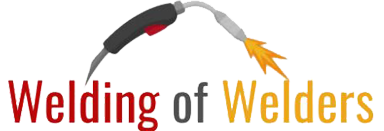 Welding of Welders All about Welding and Welders
Welding of Welders All about Welding and Welders
